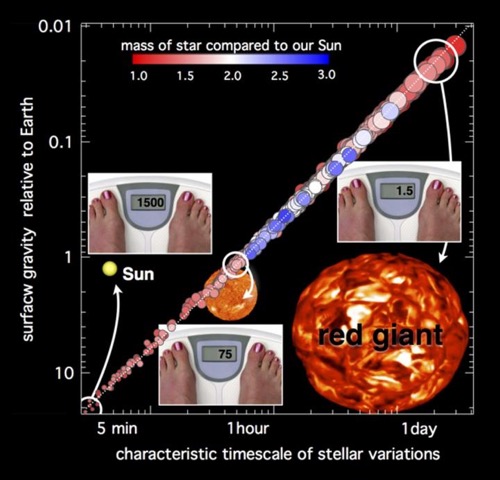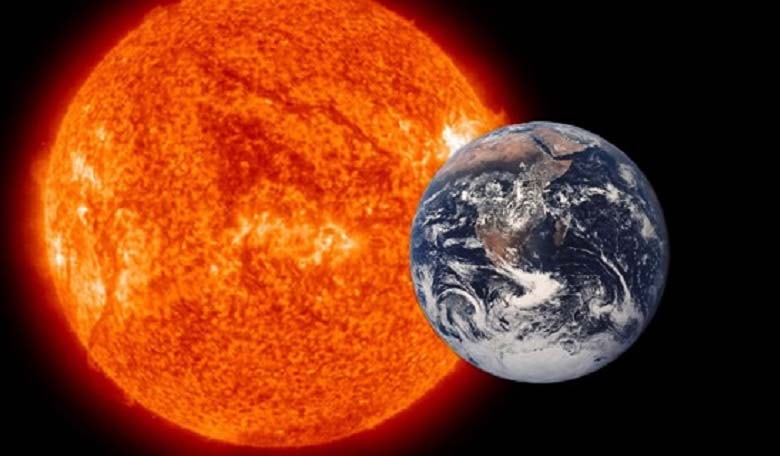Determining if an exoplanet could host life is as essential as discovering the planet in the first place. Now, researchers have found a new technique in which to measure the pull of gravity at the surface of the star, thus enabling astronomers to better gauge the masses and sizes of distant stars.
This new method, called the autocorrelation function timescale technique, or timescale technique for short, uses subtle variations in the brightness of distant stars recorded by satellites like NASA's Kepler and Canada's MOST missions and will allow scientists to measure surface gravity of a star with an accuracy of about four per cent. Quite simply, if you know the basic properties of a star, then you can draw conclusions about the habitability of planets nearby. “If you don't know the star, you don't know the planet," said Professor Jaymie Matthews of the University of British Columbia and one of the co-authors of a paper recently submitted to Science Advances.
"The size of an exoplanet is measured relative to the size of its parent star. If you find a planet around a star that you think is Sun-like but is actually a giant, you may have fooled yourself into thinking you've found a habitable Earth-sized world. Our technique can tell you how big and bright is the star, and if a planet around it is the right size and temperature to have water oceans, and maybe life," said Matthews.
Surface gravity depends on a star’s radius and mass and even such basic properties of a star can be hard to evaluate given the extreme distances involved. Determining if a planet sits in a ‘Goldilocks Zone’ of its host planet, meaning that the planet is neither too hot nor too cold for liquid water to exist, can help constrain future exoplanet surveys in the search for life on other worlds.
"The timescale technique is a simple but powerful tool that can be applied to the data from these searches to help understand the nature of stars like our Sun and to help find other planets like our Earth," said Thomas Kallinger, of the University of Vienna and the study's lead author.
 If stars had solid surfaces on which you could stand, how much would you weigh on a distant star? The timescale of turbulence and vibration at a star's surface, based on its brightness variations, tells you its surface gravity and your weight on far-flung distant stars. Image credit: Jaymie Matthews and Thomas Kallinger
If stars had solid surfaces on which you could stand, how much would you weigh on a distant star? The timescale of turbulence and vibration at a star's surface, based on its brightness variations, tells you its surface gravity and your weight on far-flung distant stars. Image credit: Jaymie Matthews and Thomas Kallinger
Of course, knowing these properties of a star can also give you an indication of how much you would weigh on that star if you could stand on its surface. If you could stand on the Sun for example, then you would weigh 20 times more than you do on Earth. If the Sun was a bloated red giant, as it will be one day in the far future, the much weaker pull at the surface of this puffed-out star means you would be 50 times lighter.











